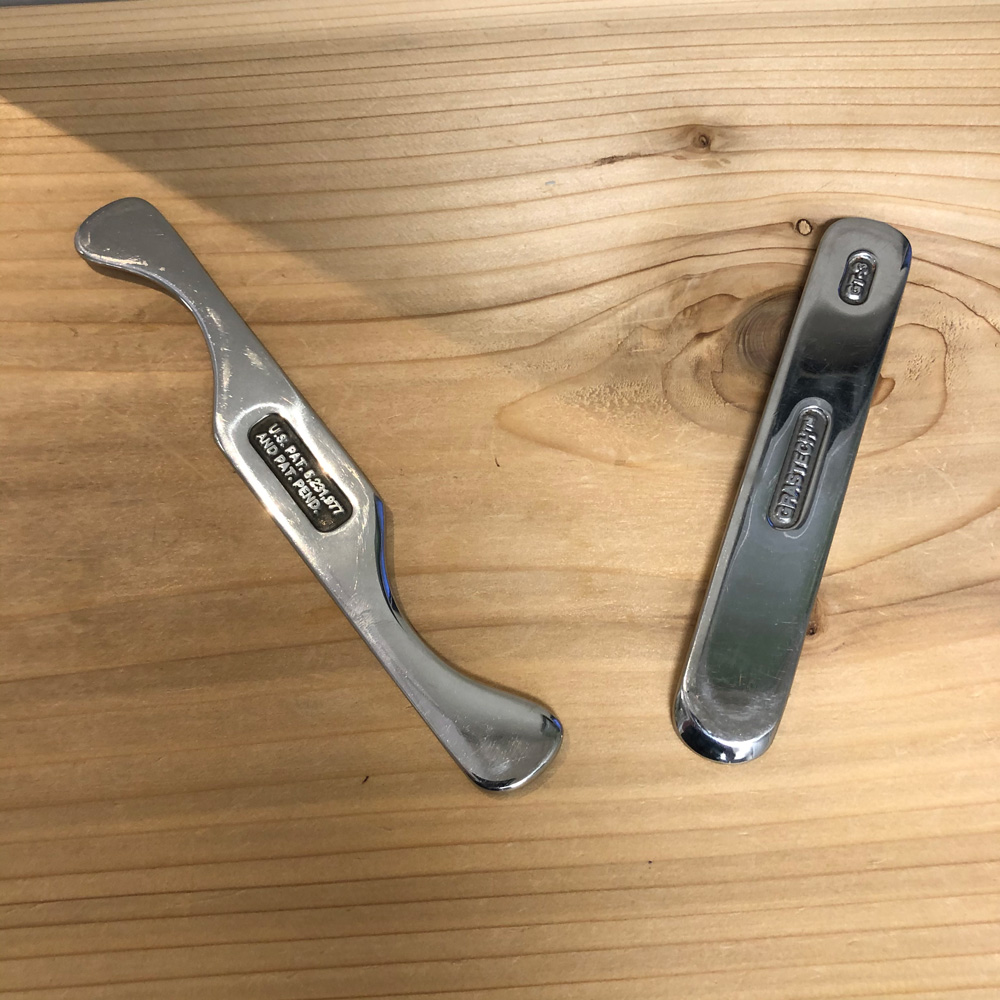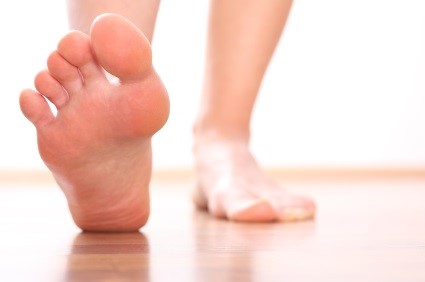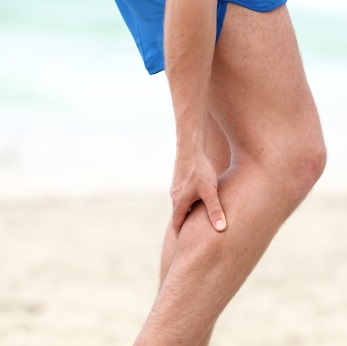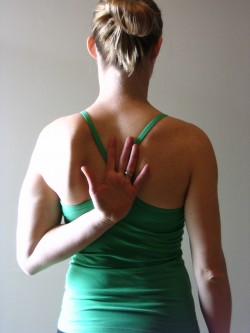The Graston Technique is a newer approach to treating soft tissue injuries.
The purpose of the Graston Technique is to remove or “break up” scar tissue in stiff, over-used, injured muscles (similar to the purpose of Active Release Technique).
Graston is also designed to treat dysfunction in ligaments, tendons and the impact of injury on other tissues like nerves and cartilage. To perform the Graston Technique, the practitioner uses stainless-steel instruments that have been carefully designed to contour different areas of the body.
The Graston tools are very effective at assisting the practitioner in finding areas of scar-tissue and tissue fibrosis. Certified providers of the Graston Technique are trained to scan injuries for scar tissue build-up. This allows previously undetected areas of dysfunction to be effectively treated.
Similar to how a stethoscope amplifies what a practitioner can hear, the Graston instrument amplifies what is felt by the practitioners hand. Once found, the practitioner can break down the dysfunctional scar tissue using the appropriate Graston tool for that area of the body. The small amount of inflammation created by the treatment process “re-starts” the healing process.
Patients receiving the Graston technique are usually given specific instructions (such as stretching or strengthening) to help promote the formation of healthy, normal, functional tissue.
The Graston technique has been thoroughly researched at many Universities and has become a standard treatment approach for many professional sports organizations and professional athletes worldwide.

COMMON QUESTIONS
If you are in the Burlington, Oakville, Hamilton and surrounding areas and are interested in the Graston Technique, contact Burlington Sports Therapy today.
If you are in the Burlington, Oakville, Hamilton and surrounding areas and are interested in the Graston Technique, contact Burlington Sports Therapy today.
Foot Pain
Plantar fasciitis has been the topic of several blog entries on our site. This is because it is common, it [...]
Compartment Syndrome
Chronic exertional compartment syndrome is very different from acute compartment syndrome. From time to time we encounter the exertional type [...]
Baseball Shoulder
It seems that over the last decade more and more research is being published on the role of the scapula [...]
I have been a patient of Dr. Kevin McIntyre for a few years now. I have recently visited Kevin due to a workout injury to my shoulder. It turns out that part of my injury was due to exercise and the other due to computer posture. After a few visits I am much better. Kevin has educated me on my work posture and gives recommendations on managing intense workouts. Kevin not only fixes the problems he helps prevent them! Kevin is very punctual and addresses any concerns with patience and professionalism. I can always count on Kevin to fix me when I am broken!
Let us help you reach your
full potential
Contact us today to book an appointment







